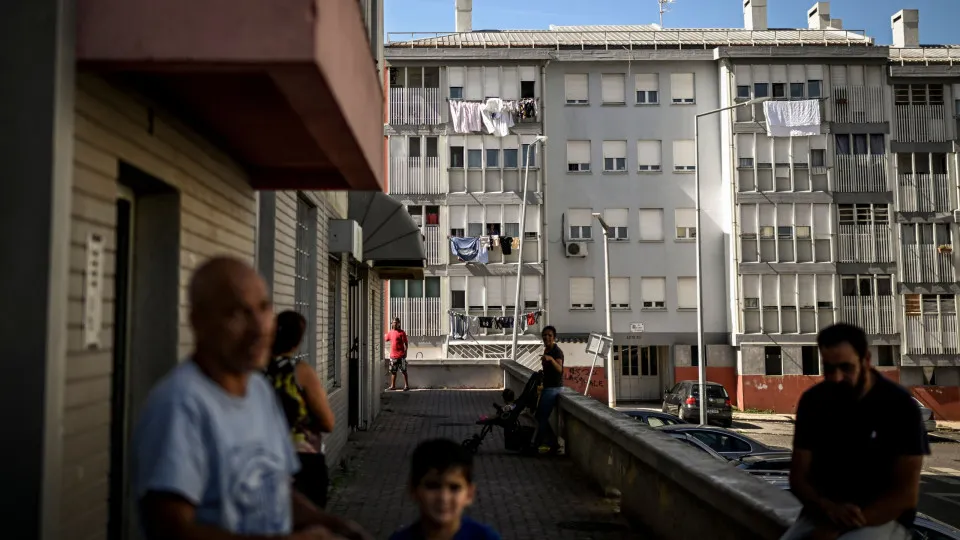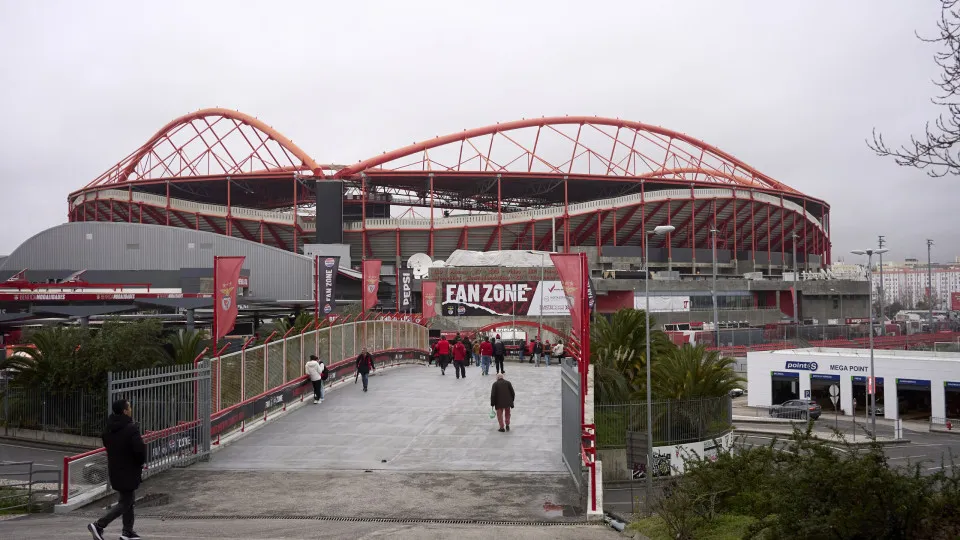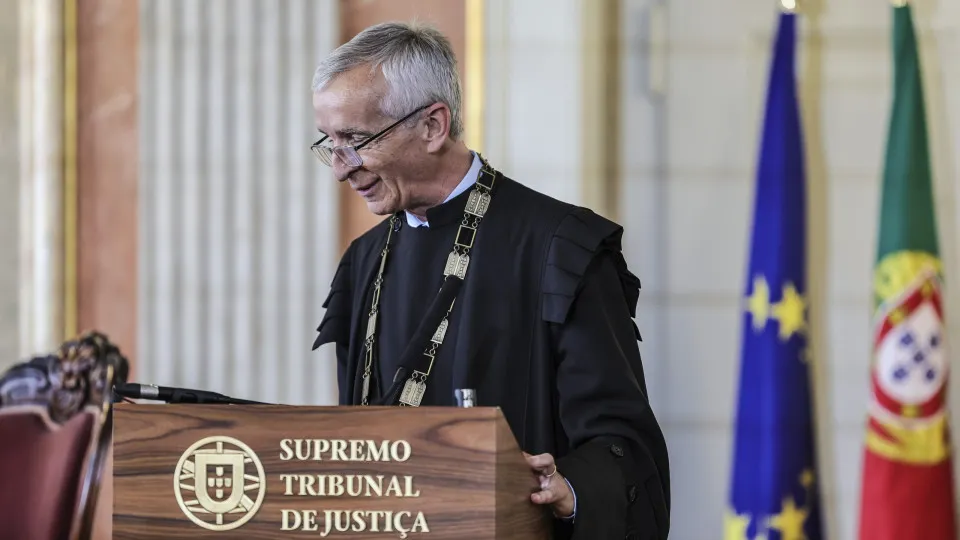
The commemoration for Odair Moniz, the 43-year-old immigrant who was killed last year by Portuguese police, was held today in Zambujal, Amadora. Activists from the Vida Justa movement emphasized the ongoing challenges faced by minorities, immigrants, and residents in disadvantaged areas due to persistent societal issues.
“We want things to improve, but it’s challenging,” admitted Ricardo Sequeira, a resident of Mem Martins, who participated in the tribute to Moniz, which featured a commemorative mural.
José Carlos, a Zambujal resident, noted that the neighborhood has seen an influx of new residents from areas not typically associated with the outskirts.
“Rents are extremely high, and some people find themselves needing to move here when they weren’t accustomed to living in social housing,” he stated.
José Carlos further remarked, “Those people eventually realize that the neighborhood is perfectly normal and is a place where one can live peacefully and raise a family without issues.”
Sequeira pointed out that the social fabric of some neighborhoods is shifting due to people who can no longer afford homes in city centers.
“A social neighborhood is a place of constant change. We have the Sintra or Cascais line, characterized as a dormitory area, where people don’t form a connection with the territory,” he explained, noting the resulting pressure on housing prices.
“These middle-class groups have been moved from their comfortable, albeit illusory, positions. Just a few laws are needed to strip away their security illusions,” Sequeira added.
He accused that “class privilege can be easily revoked, which we are witnessing today with rising home prices and the ongoing stigmatization of various types of immigrants.”
Sequeira also highlighted that “even nationality is a legitimacy issue that can be granted or withdrawn, as shown by the new law.”
Sequeira predicts increased visibility of neighborhood issues in the future because “there are new people here now.”
He concluded, “These are not black people, nor immigrants, moving into the neighborhoods, so perhaps politicians will finally pay attention to the suburbs.”




